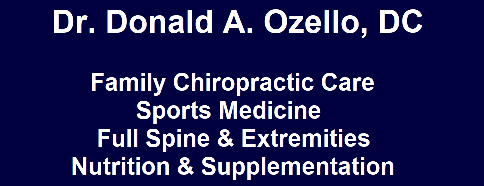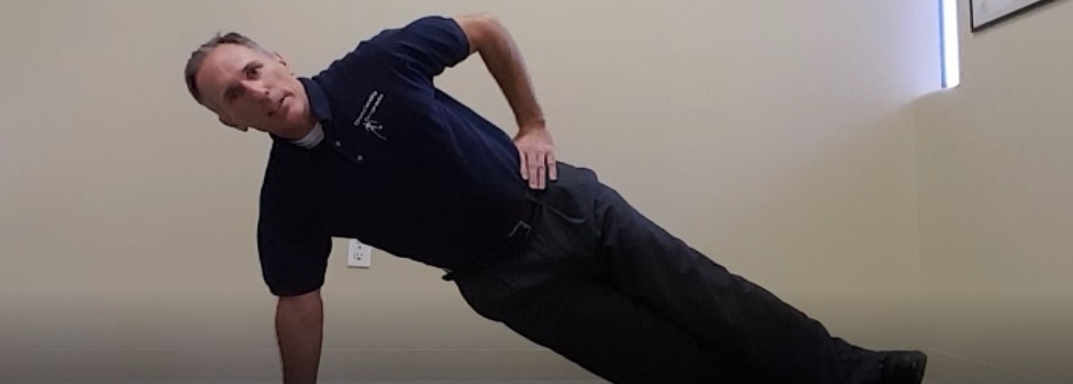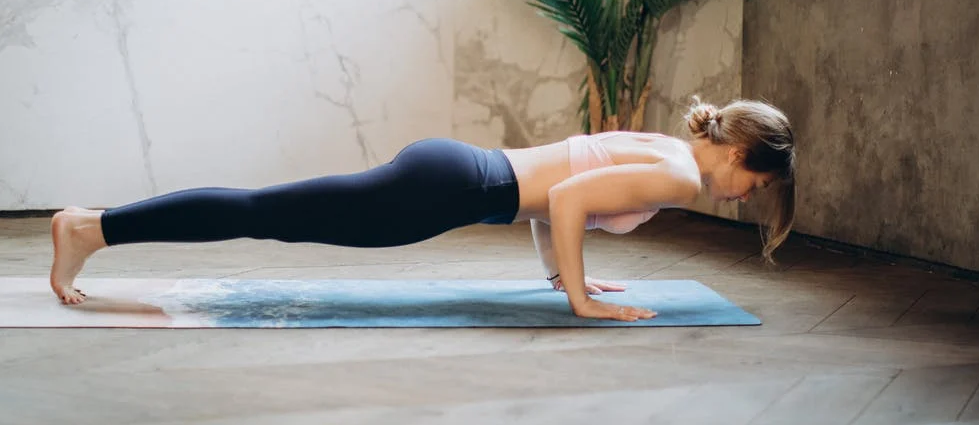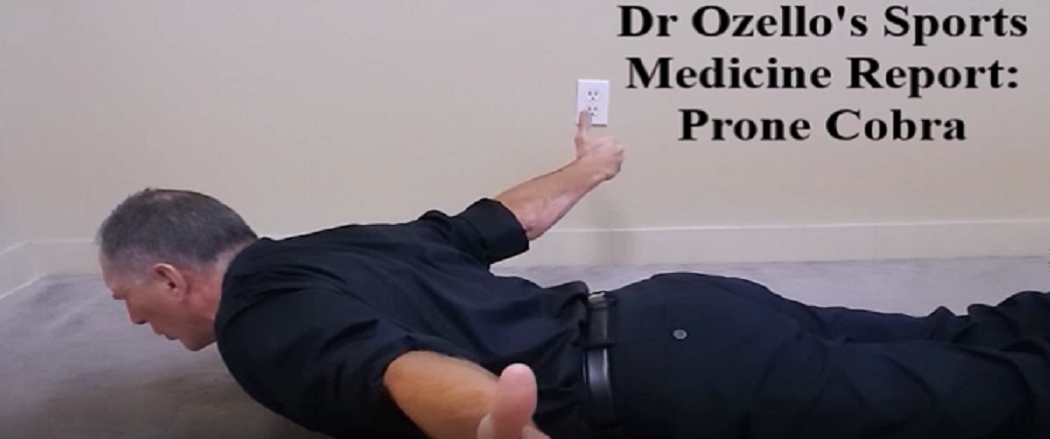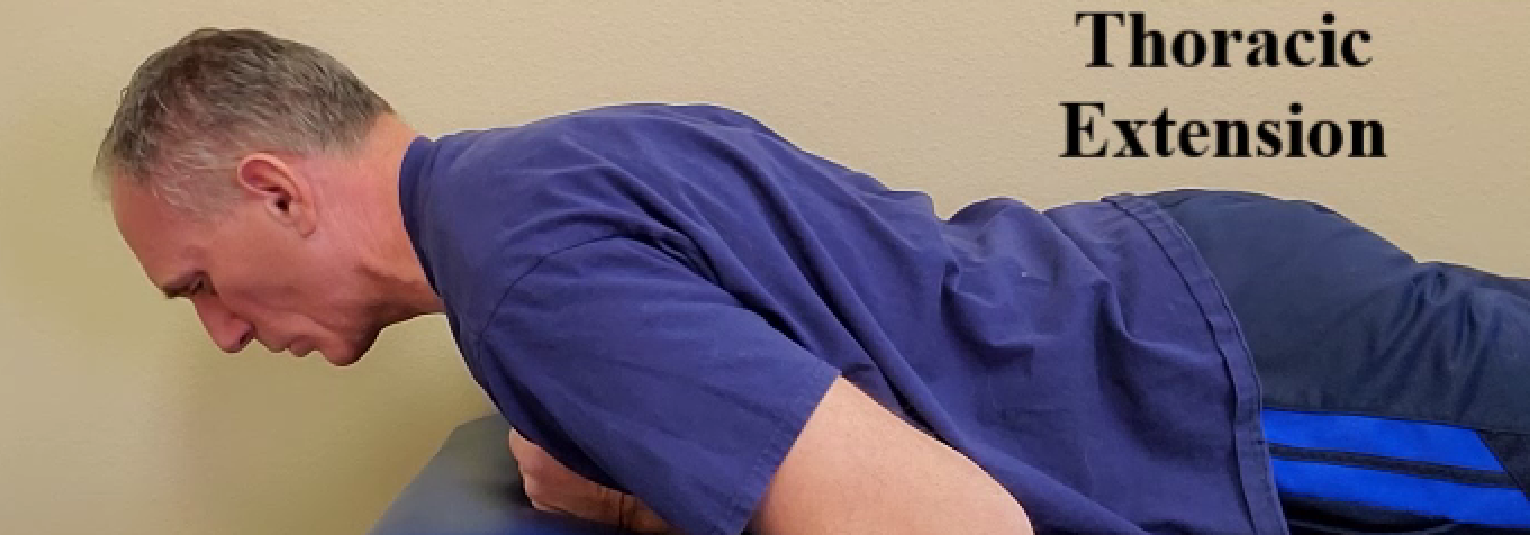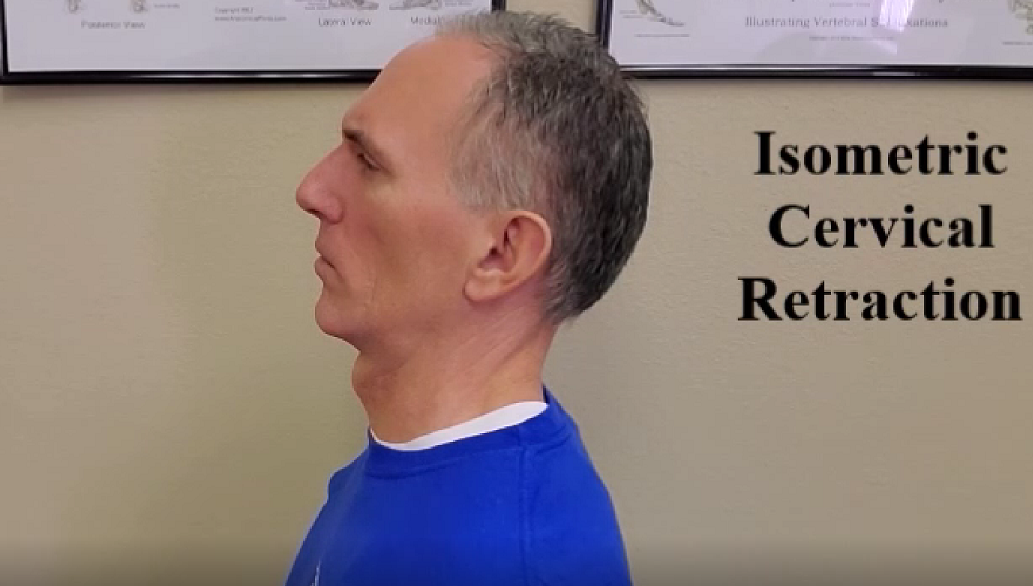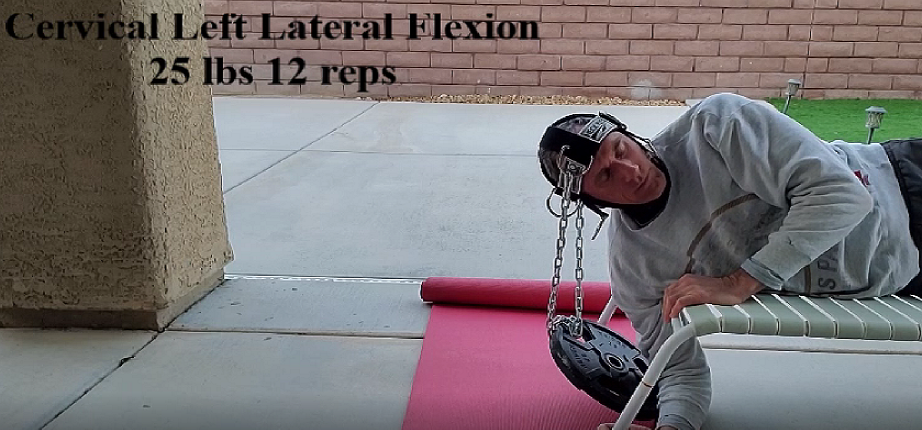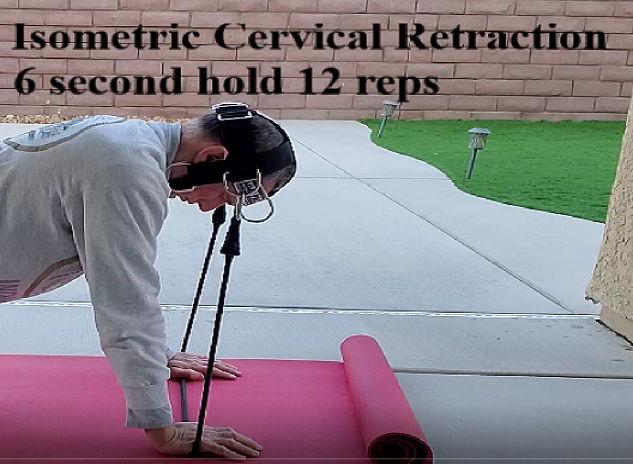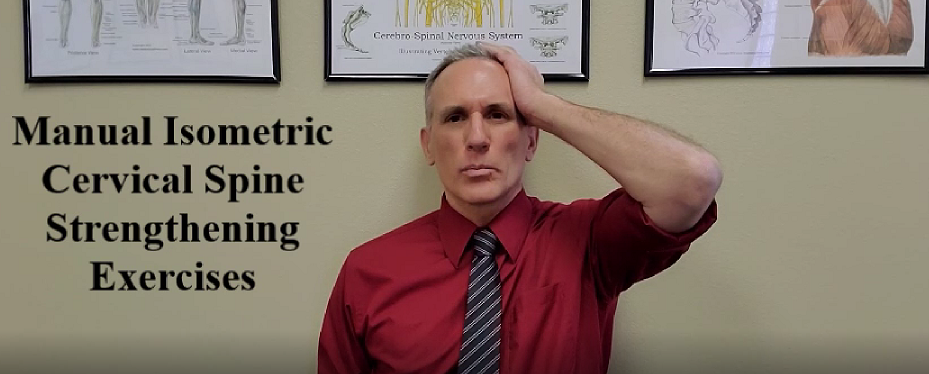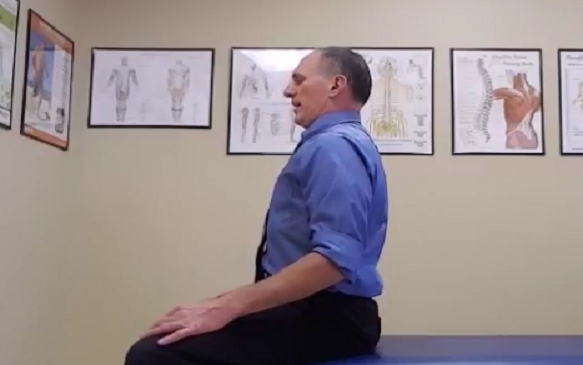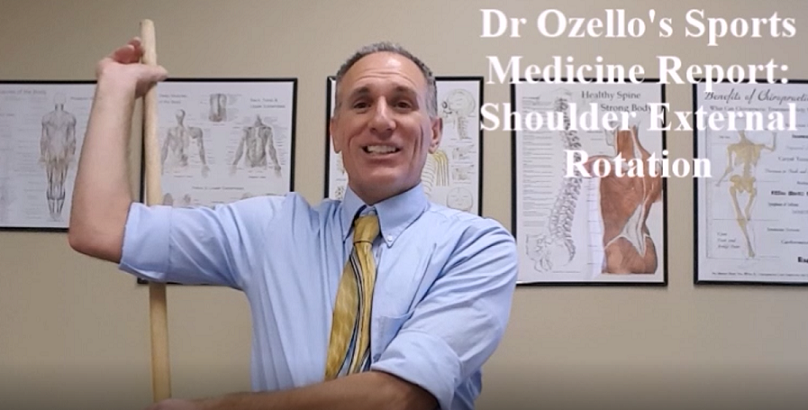Oblique Strengthening Exercises
Develop strong oblique muscles to improve posture, spinal motion and core stability. The internal and external obliques are located on the sides of the midsection. They are classified as lateral core muscles. They contract concentrically to bend and rotate the spine. Strengthen your obliques to help prevent oblique muscles strains. These three exercises can key … Read the rest
